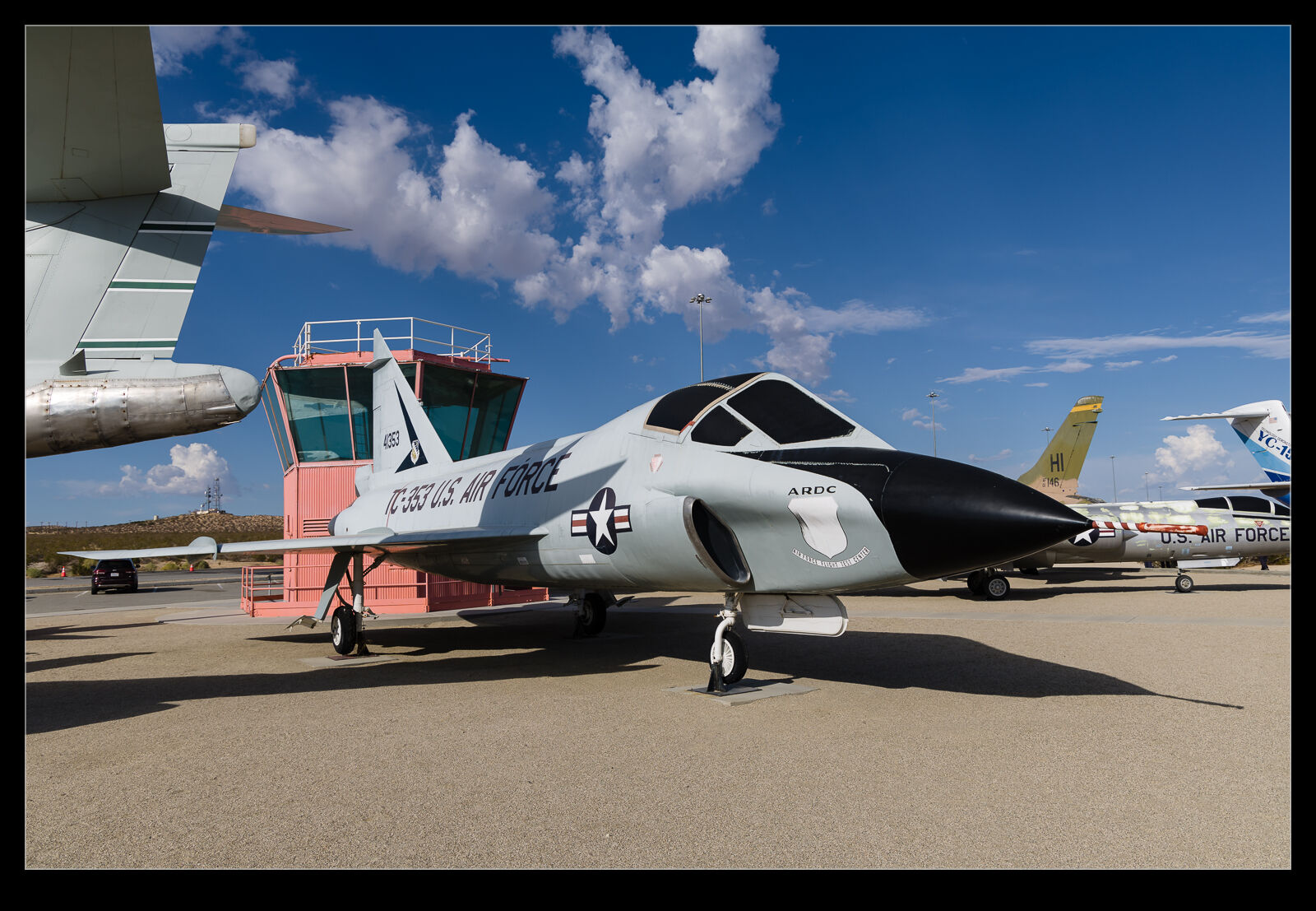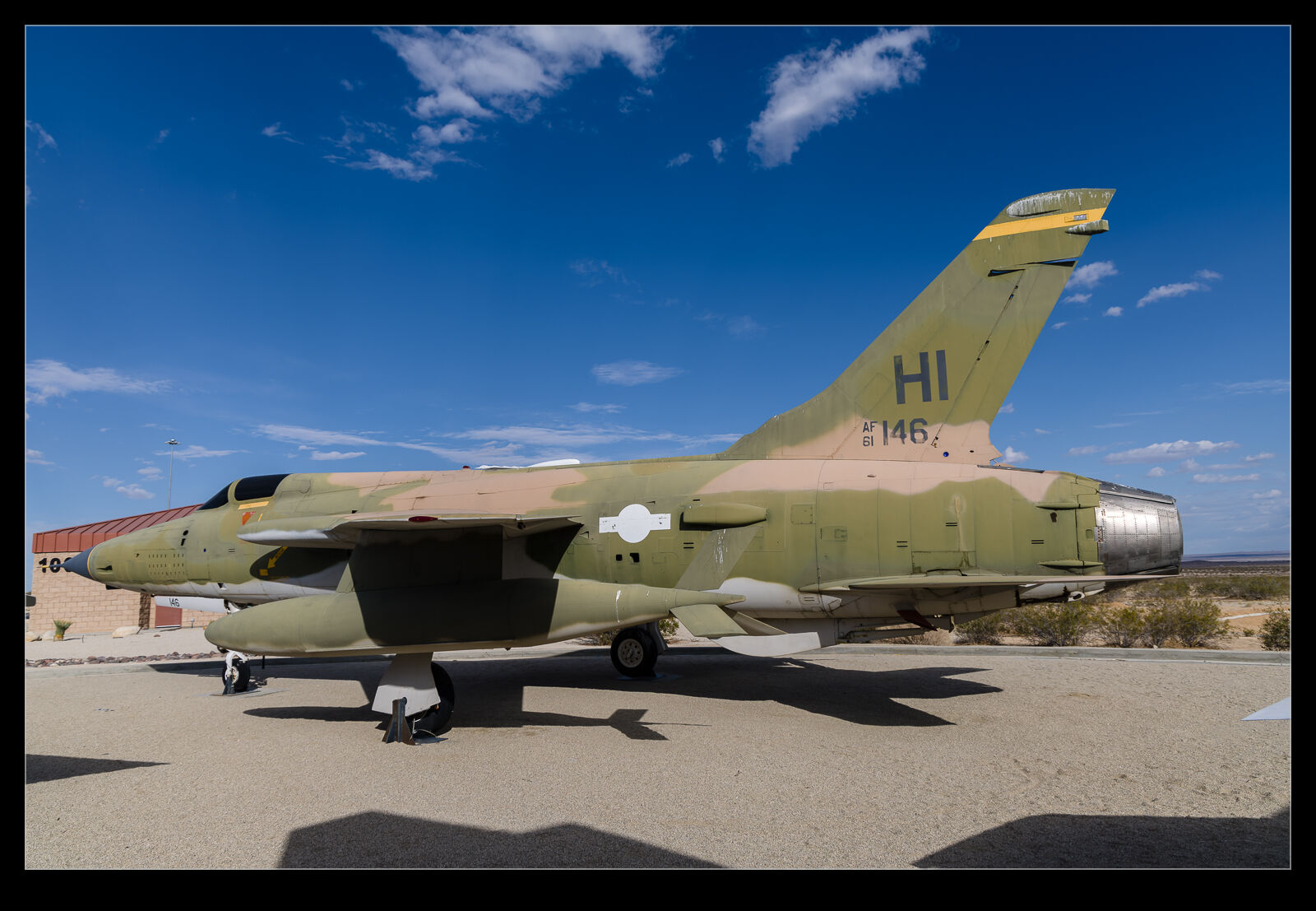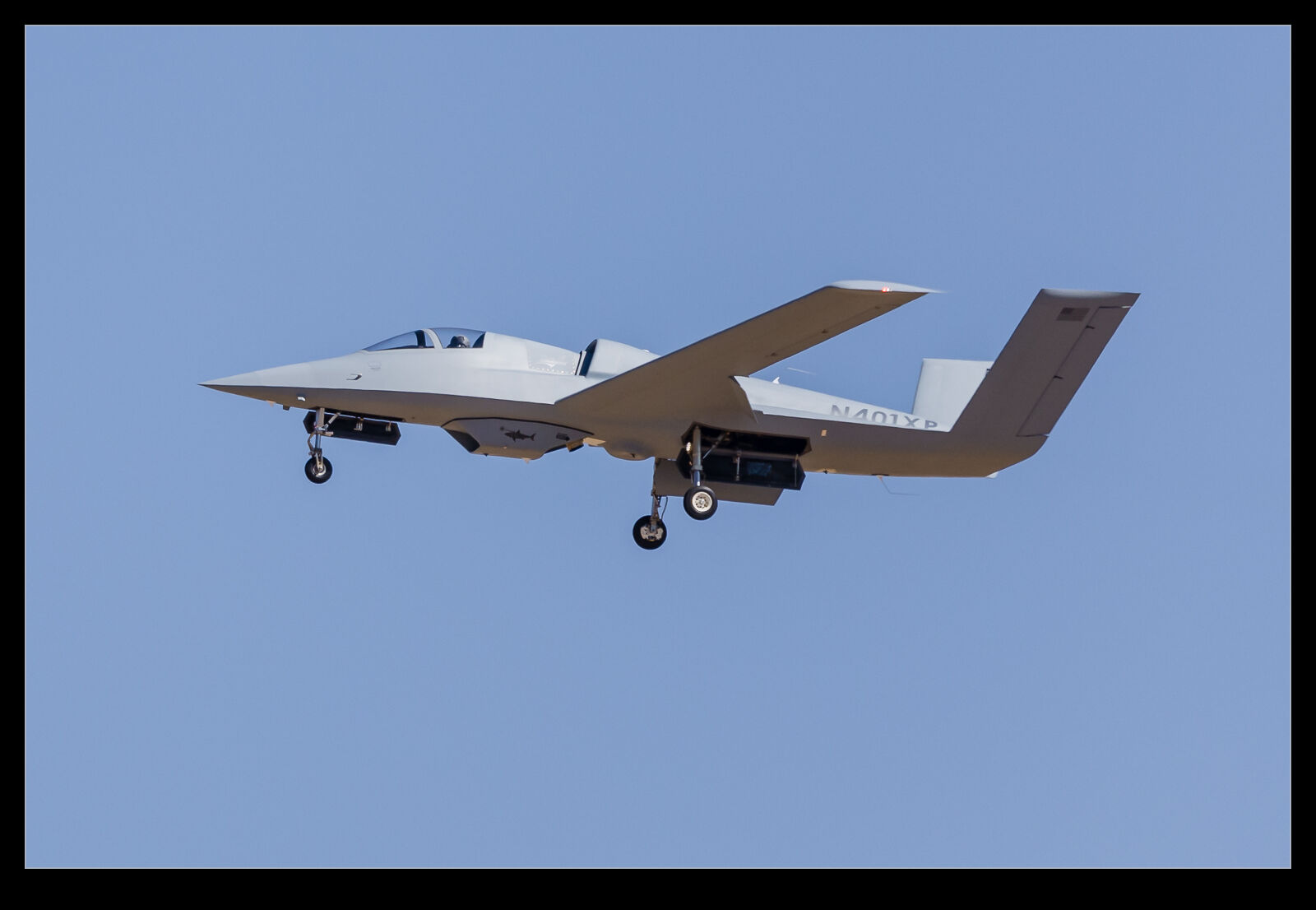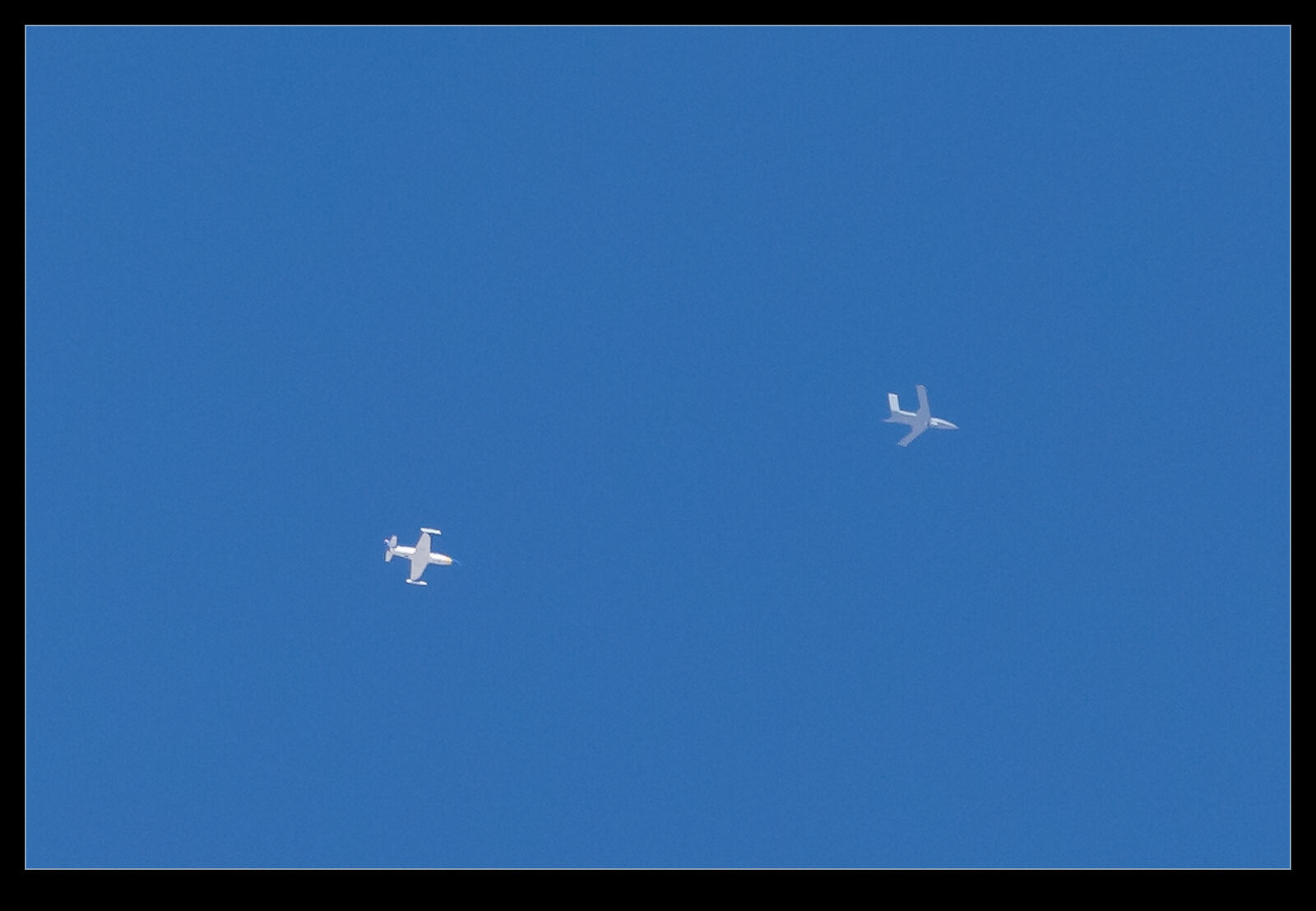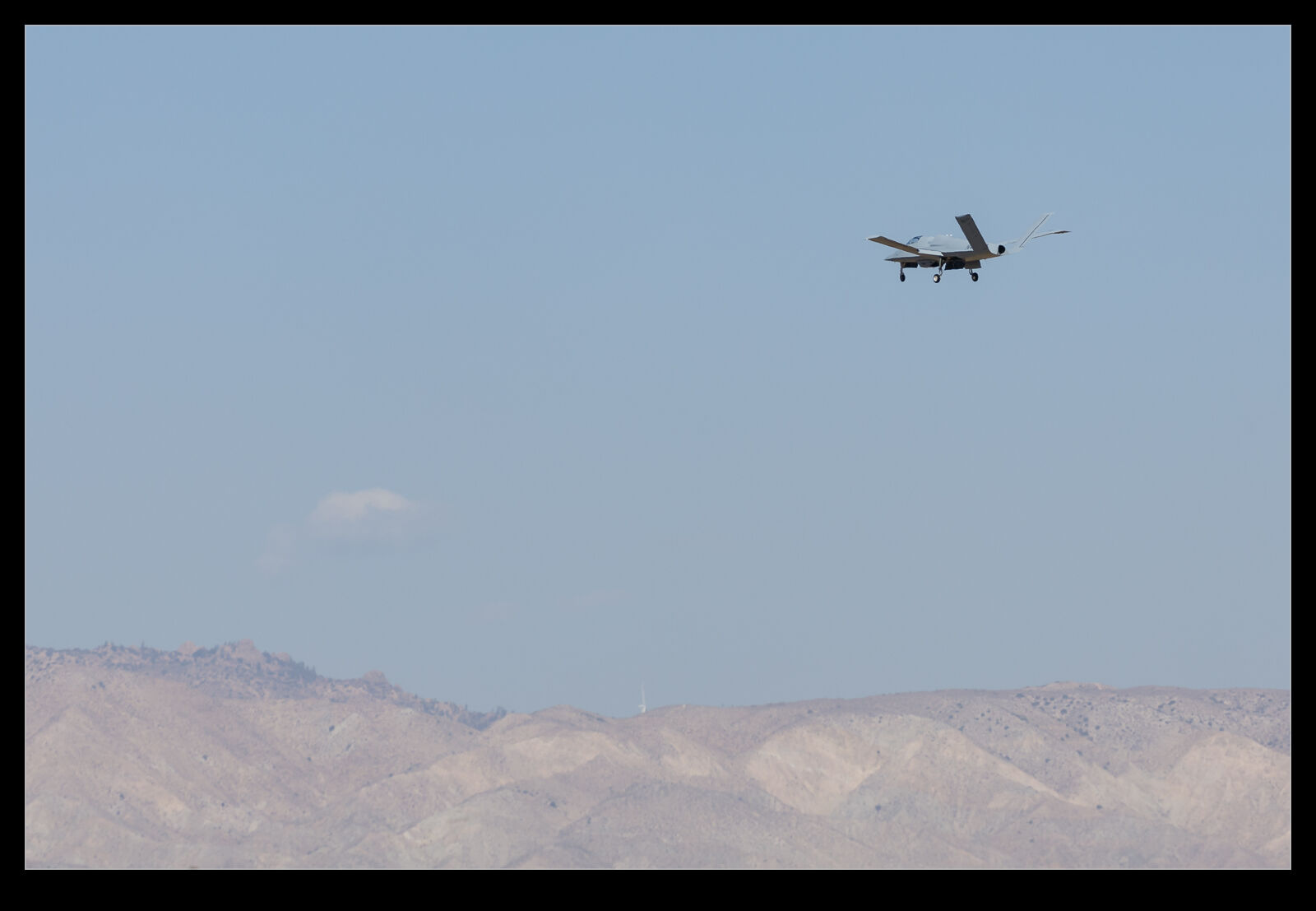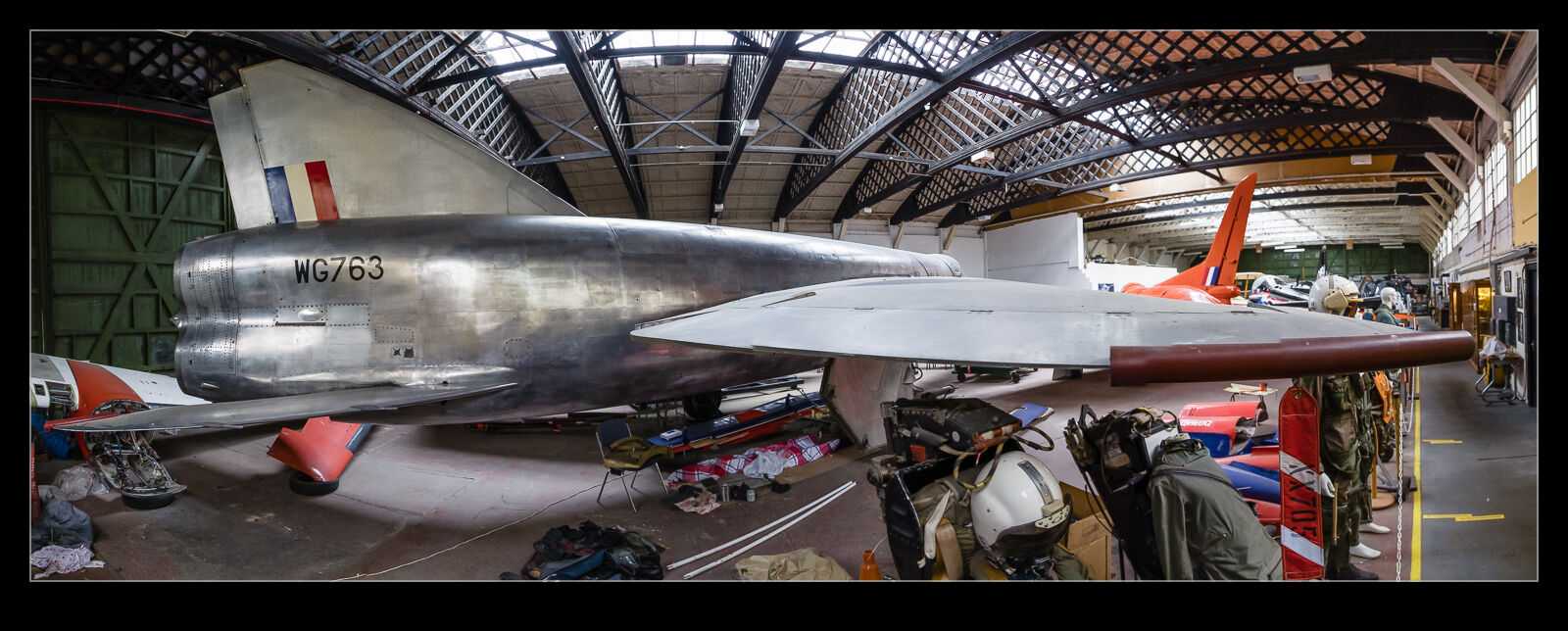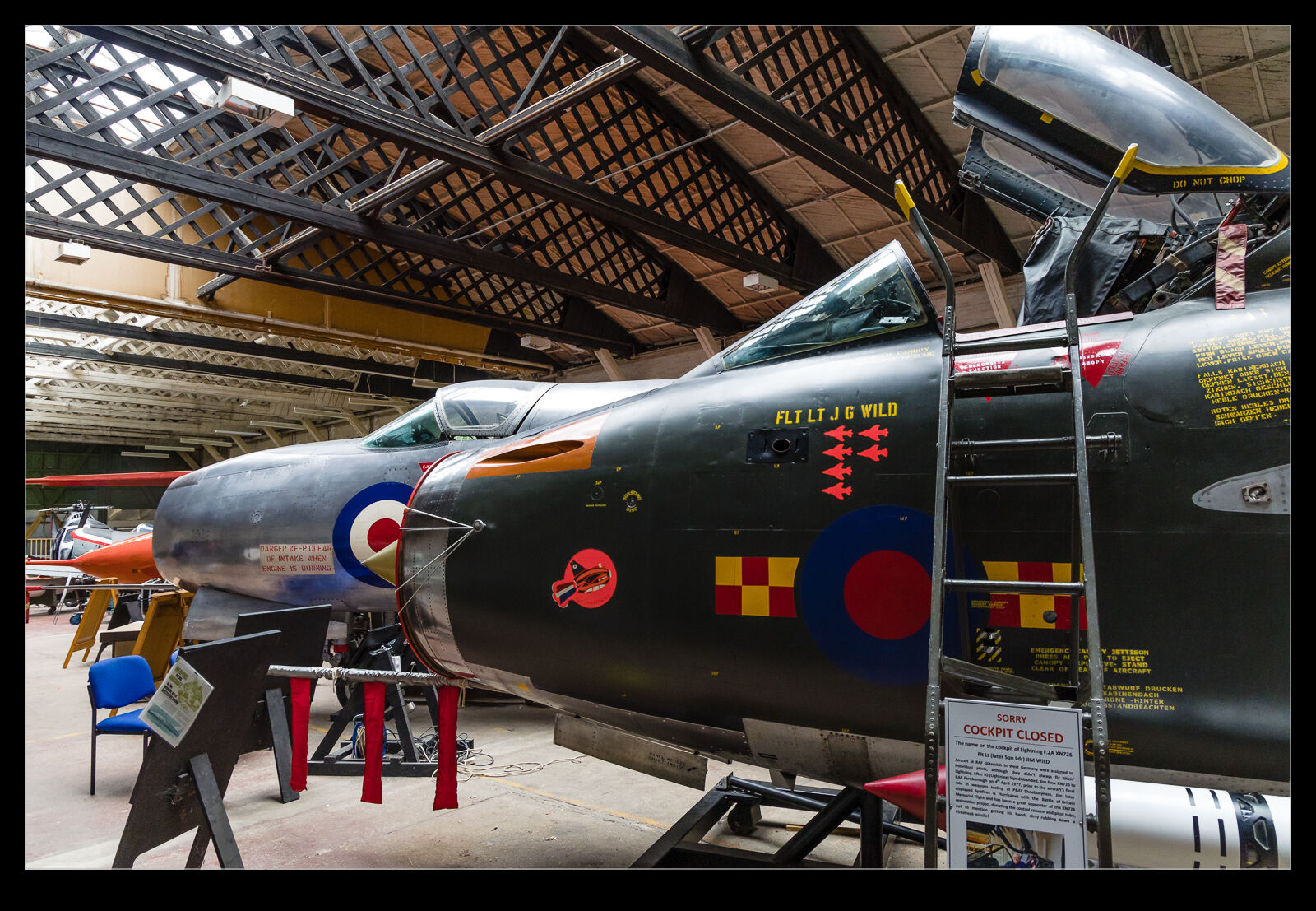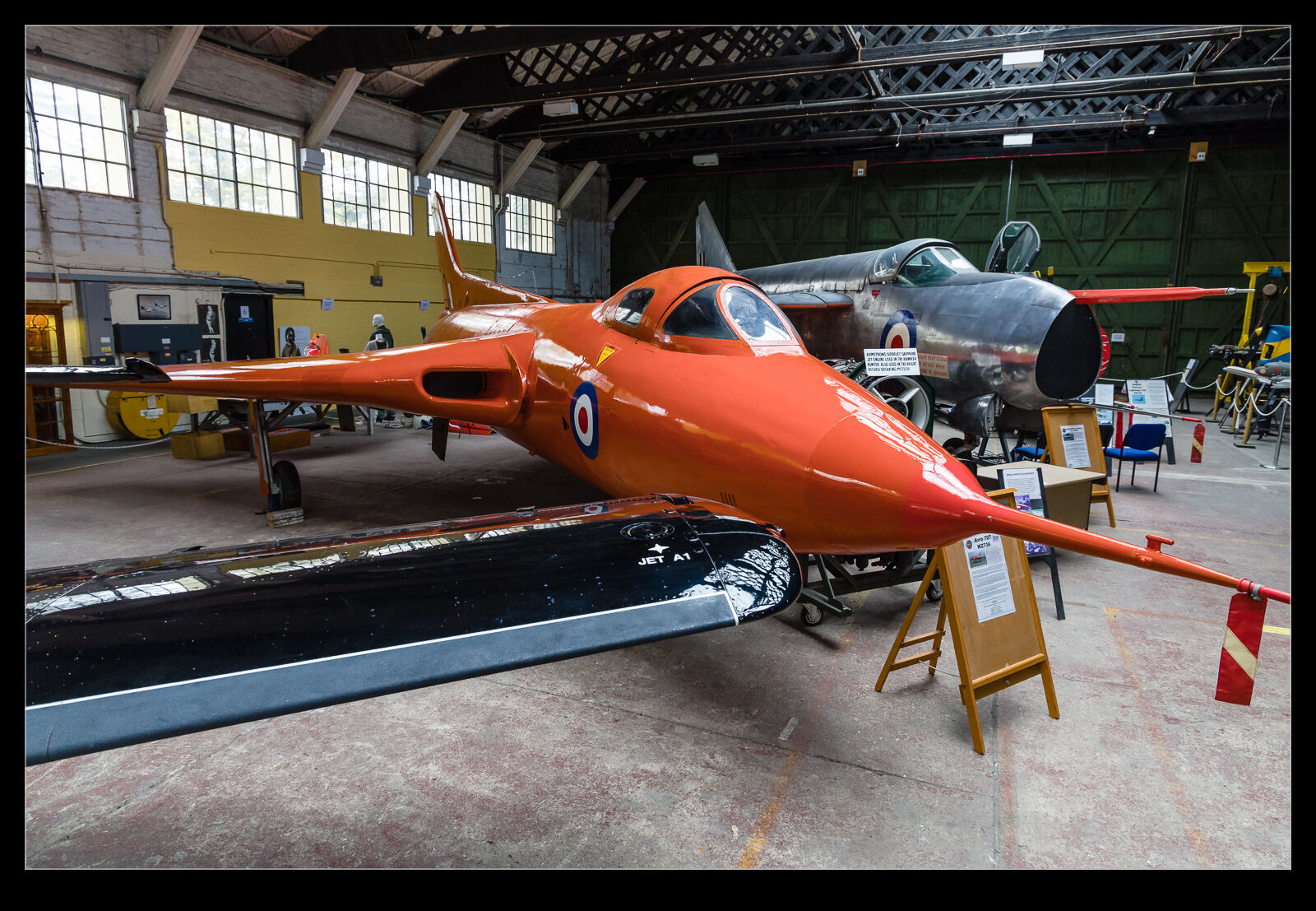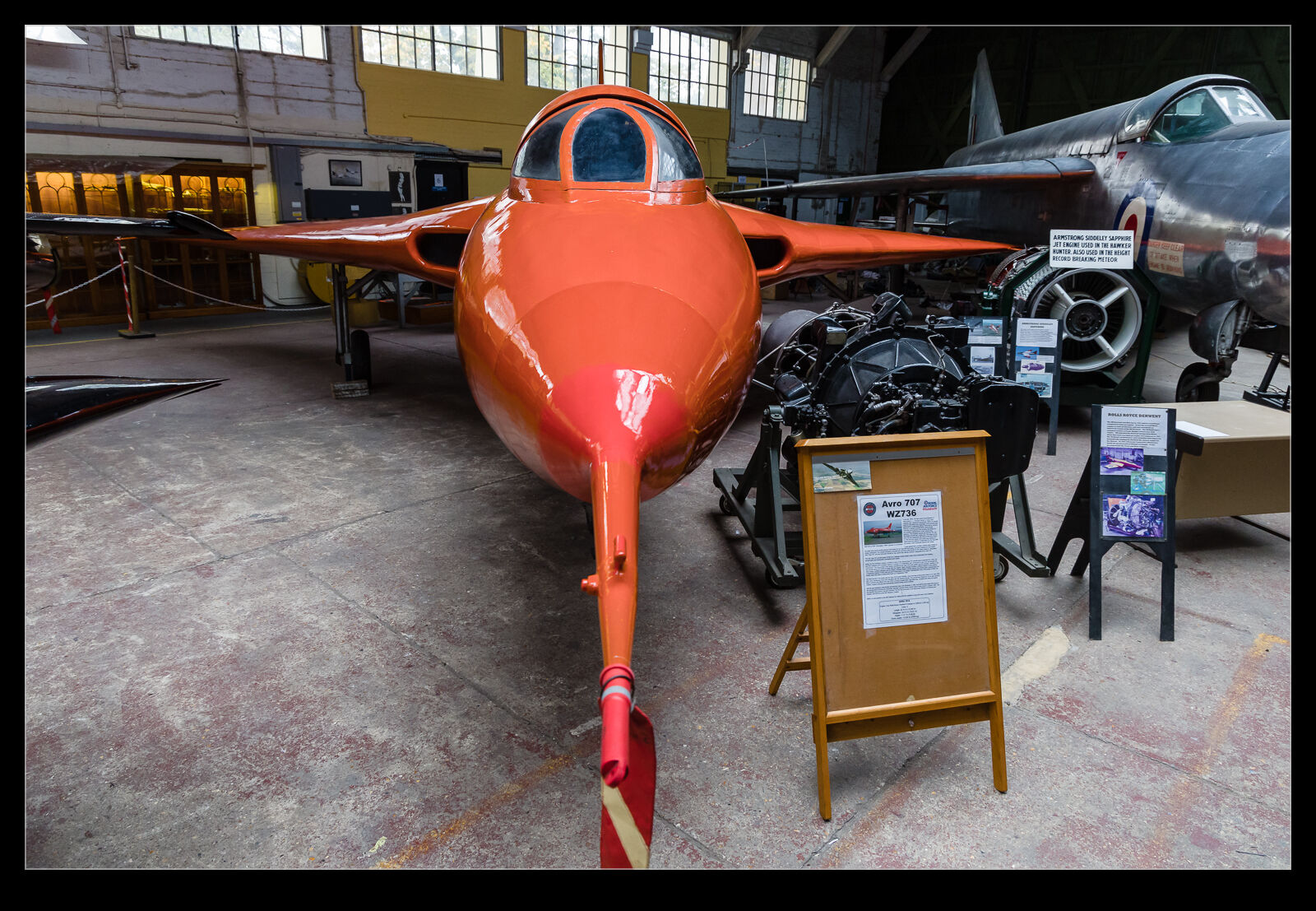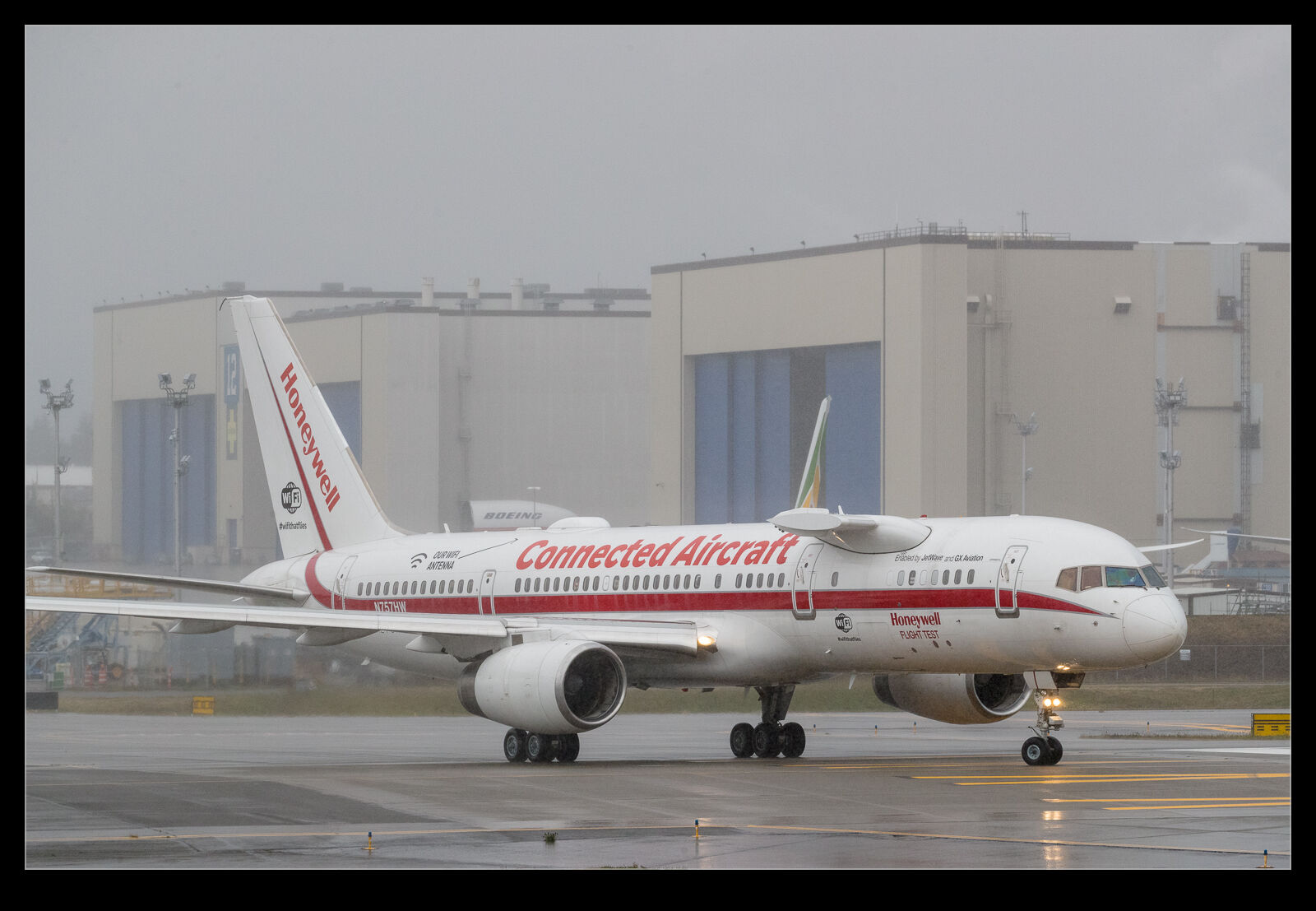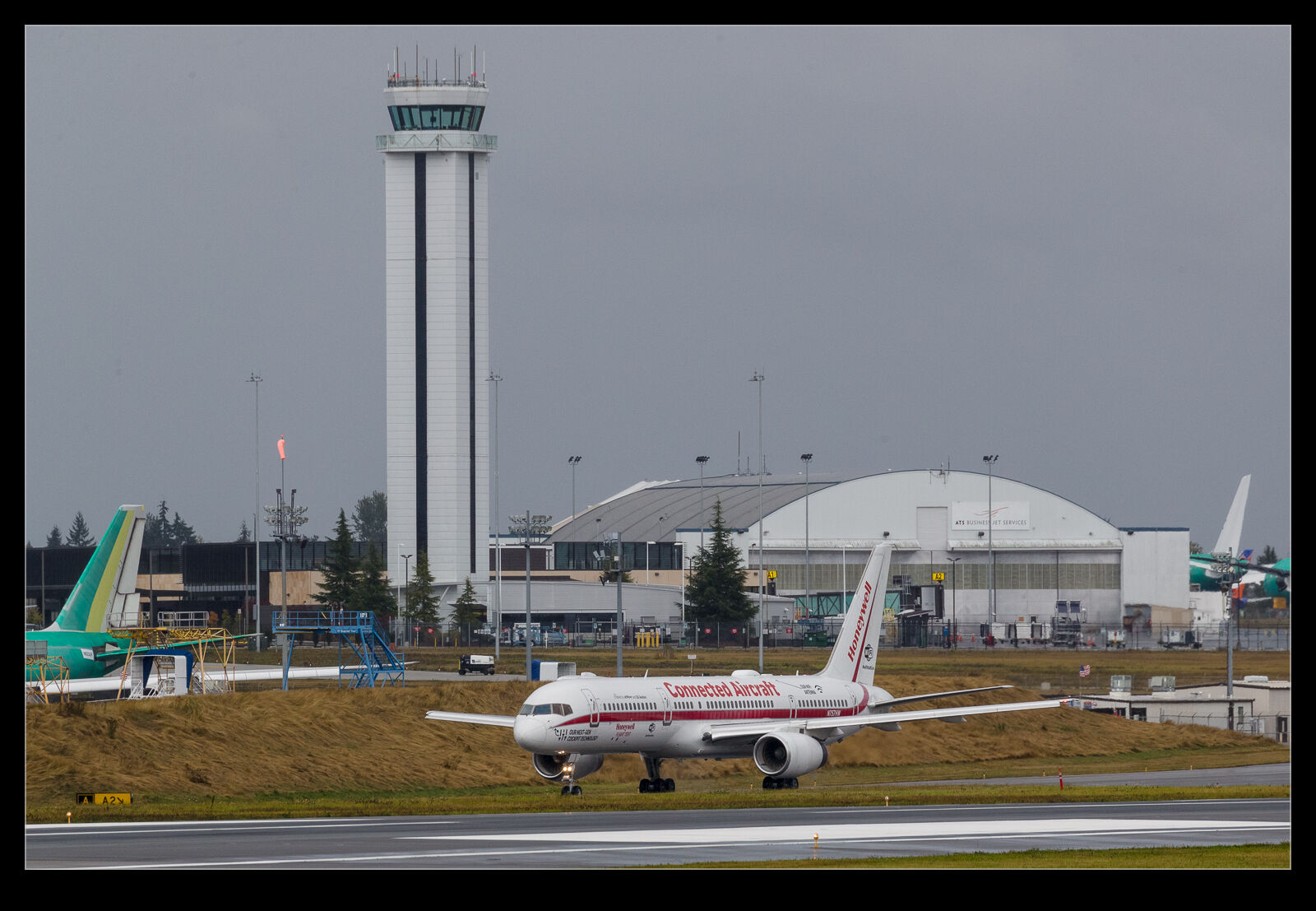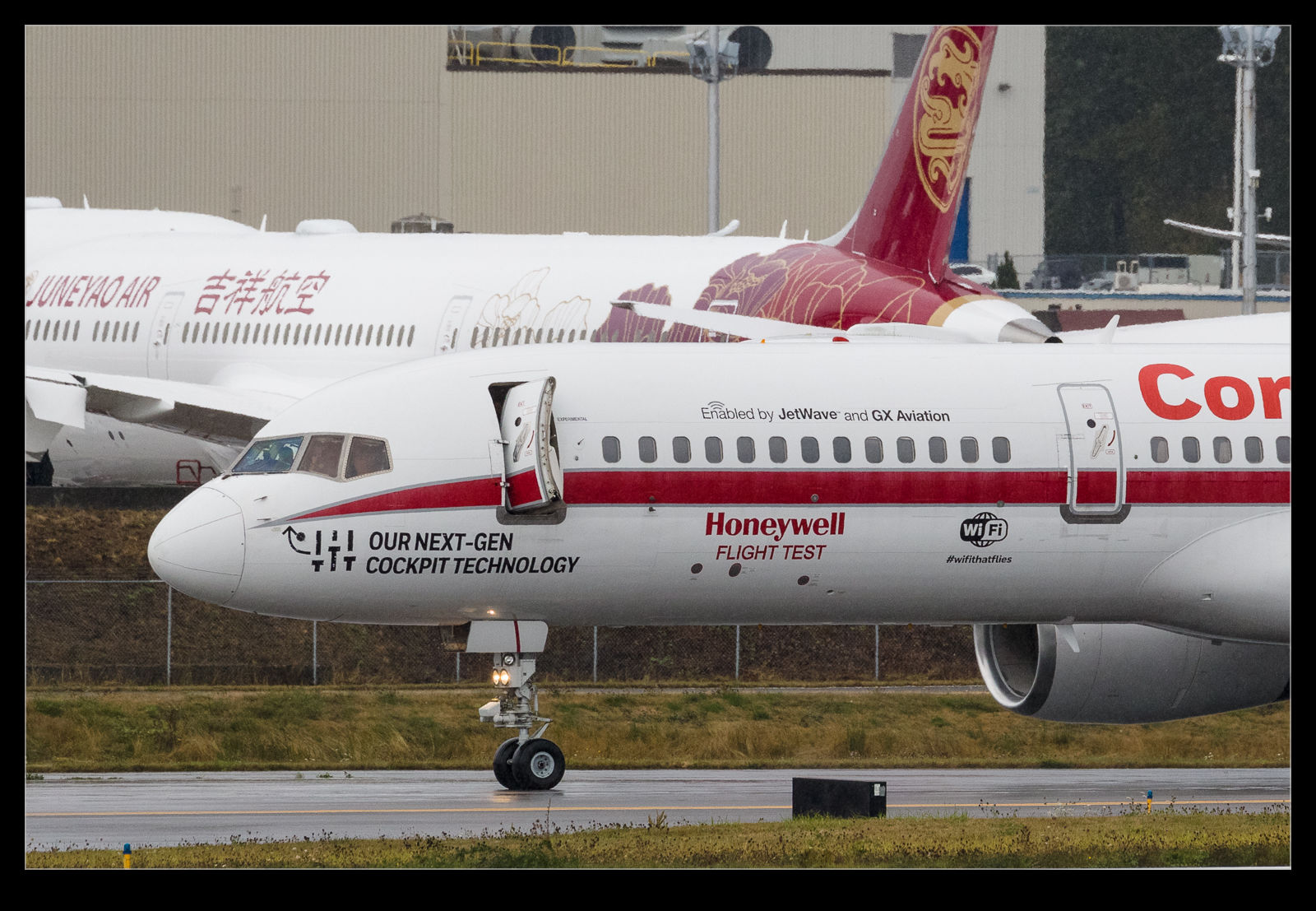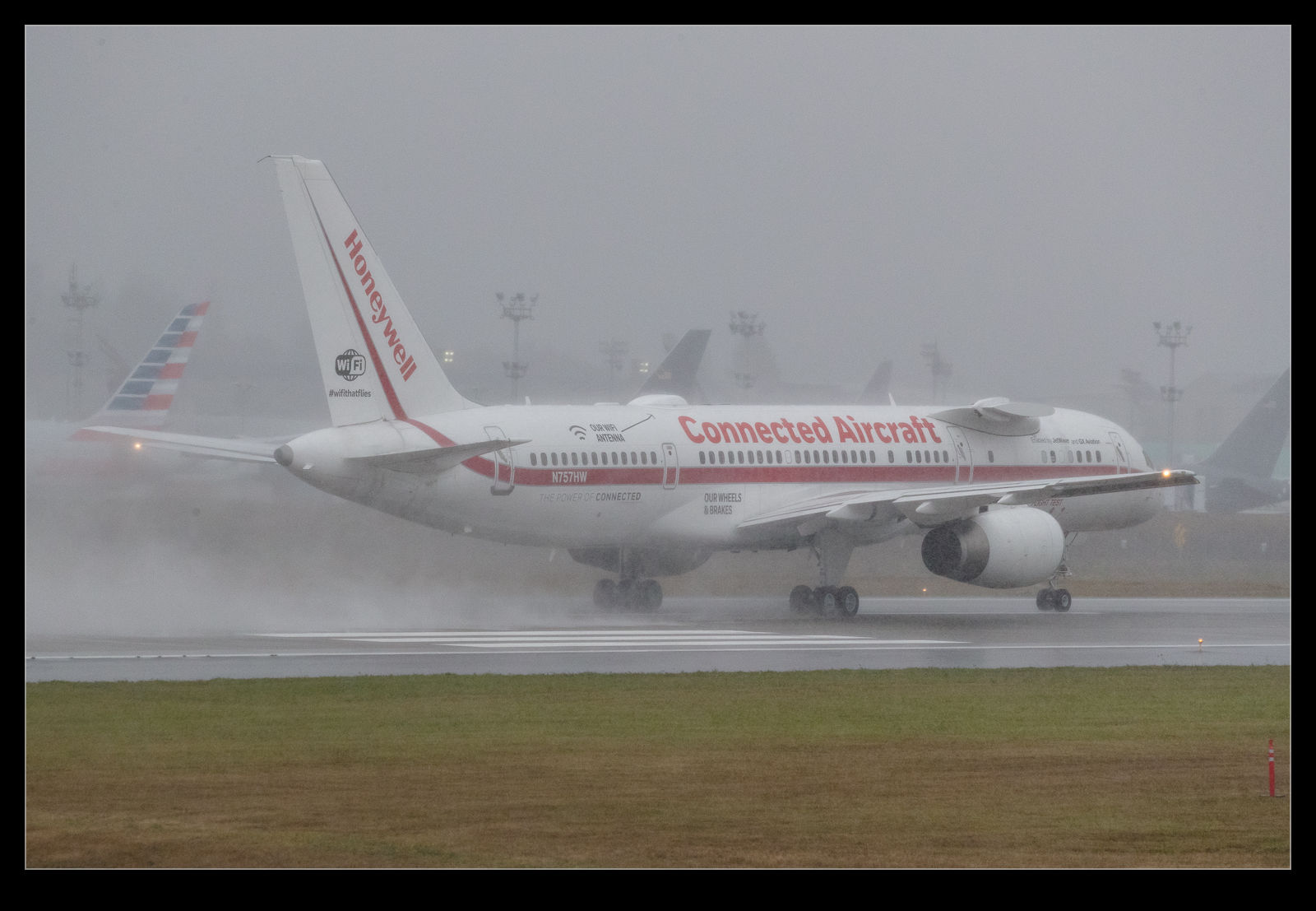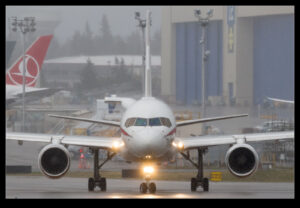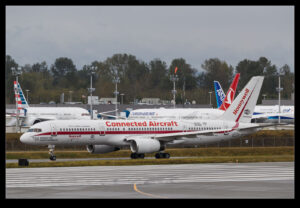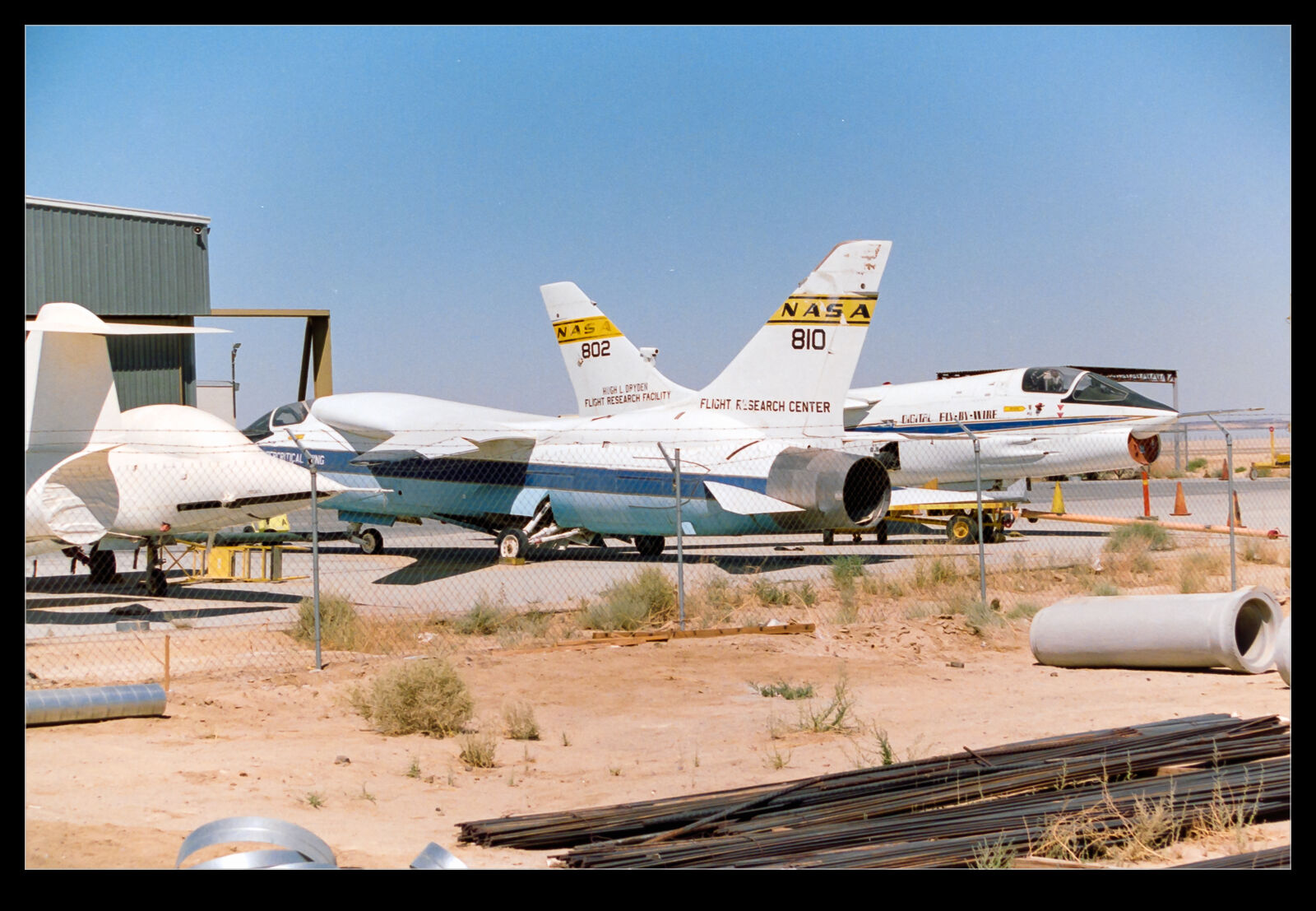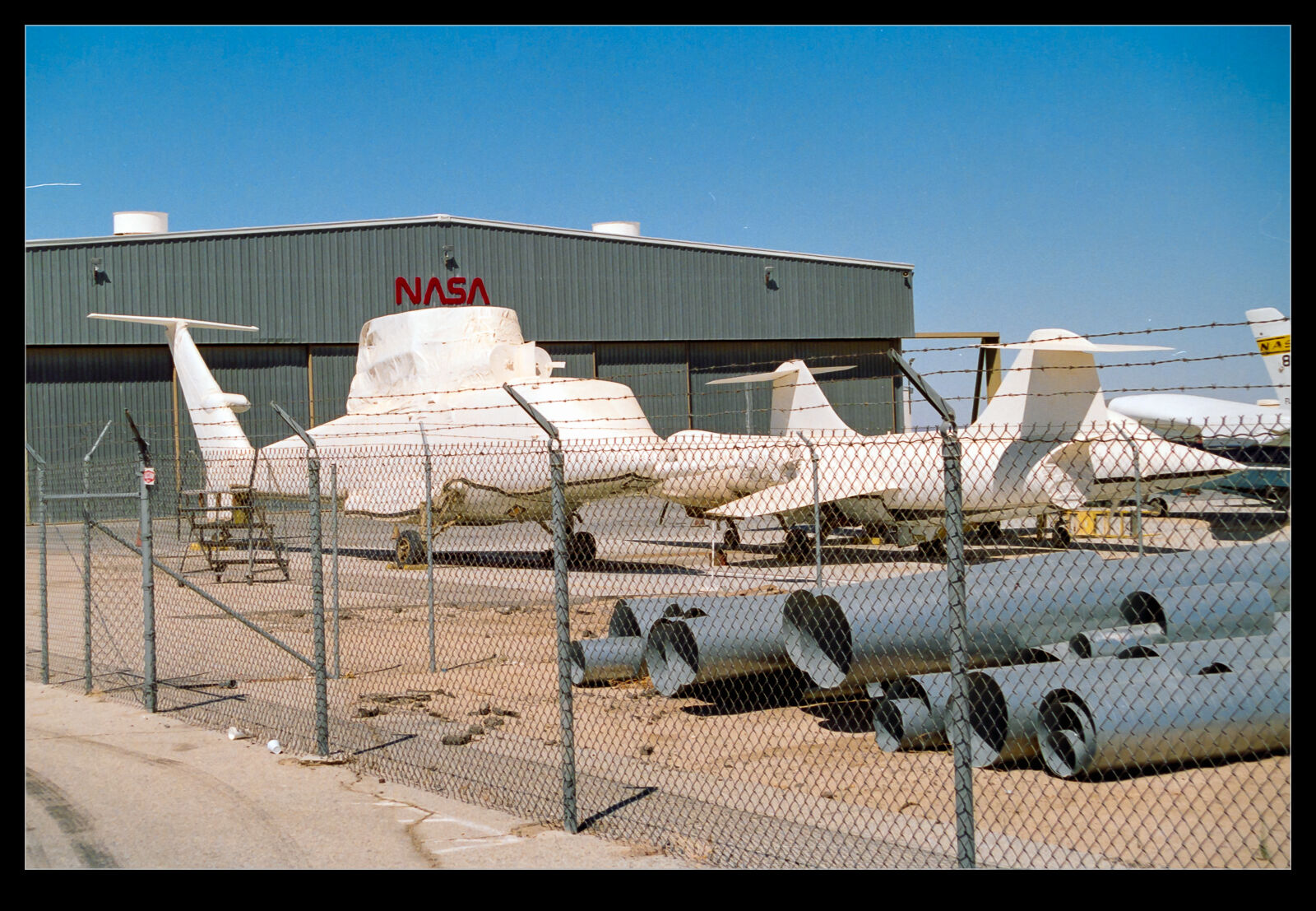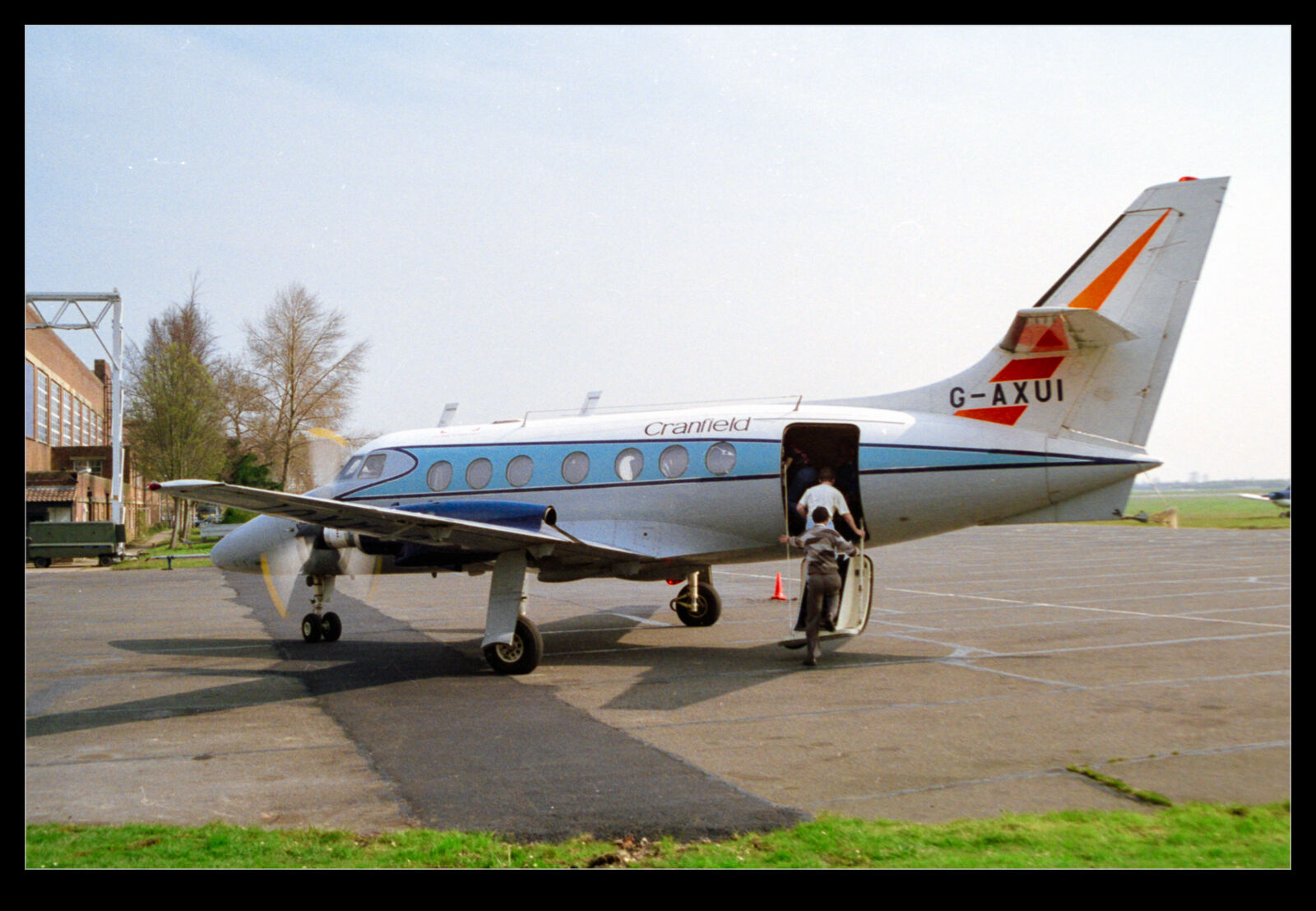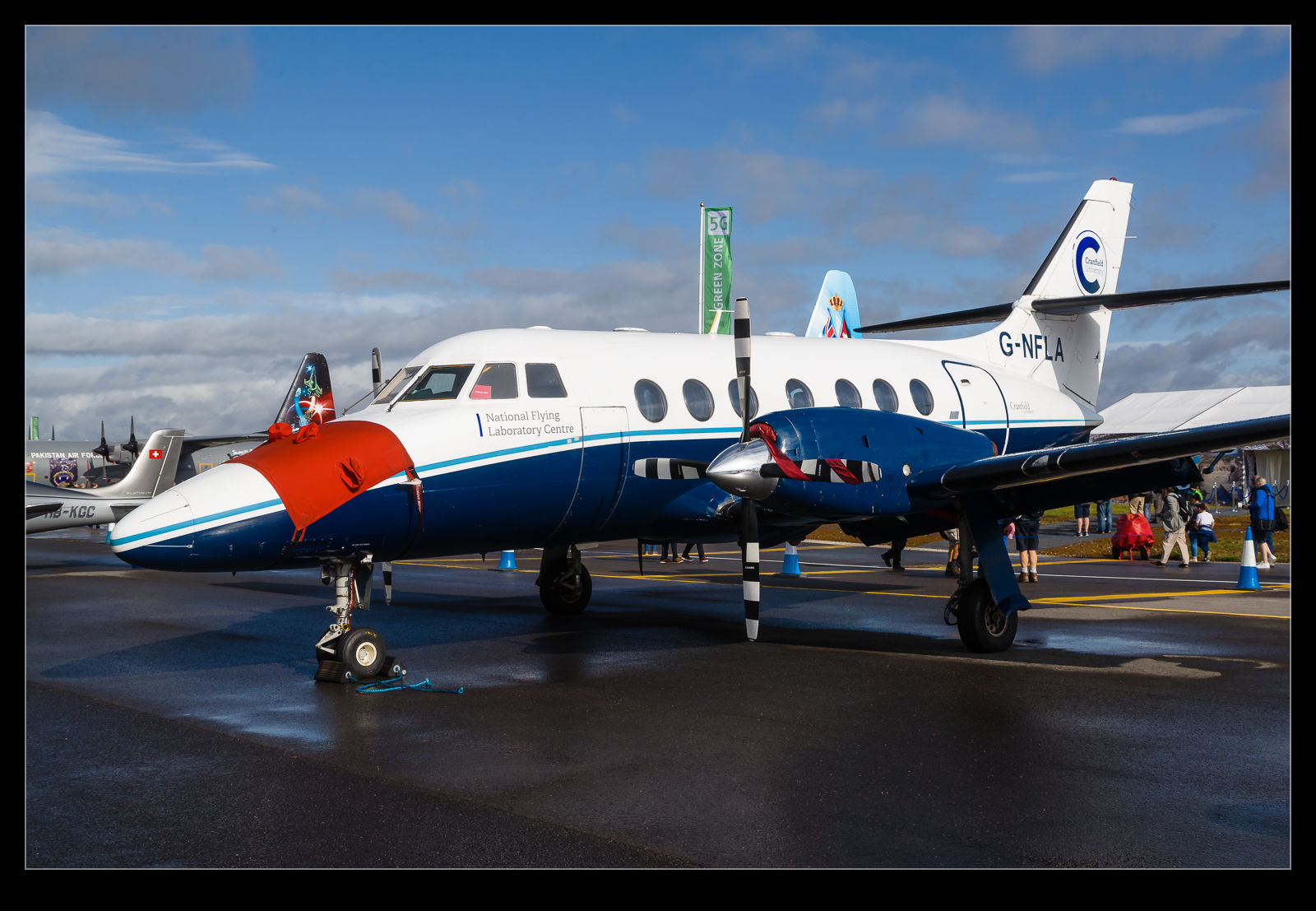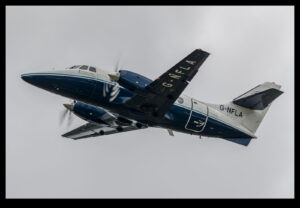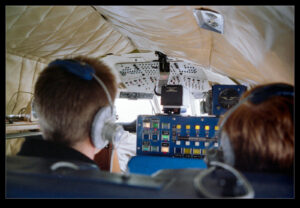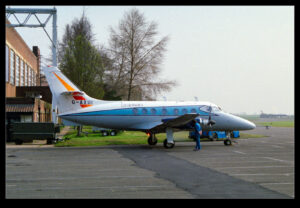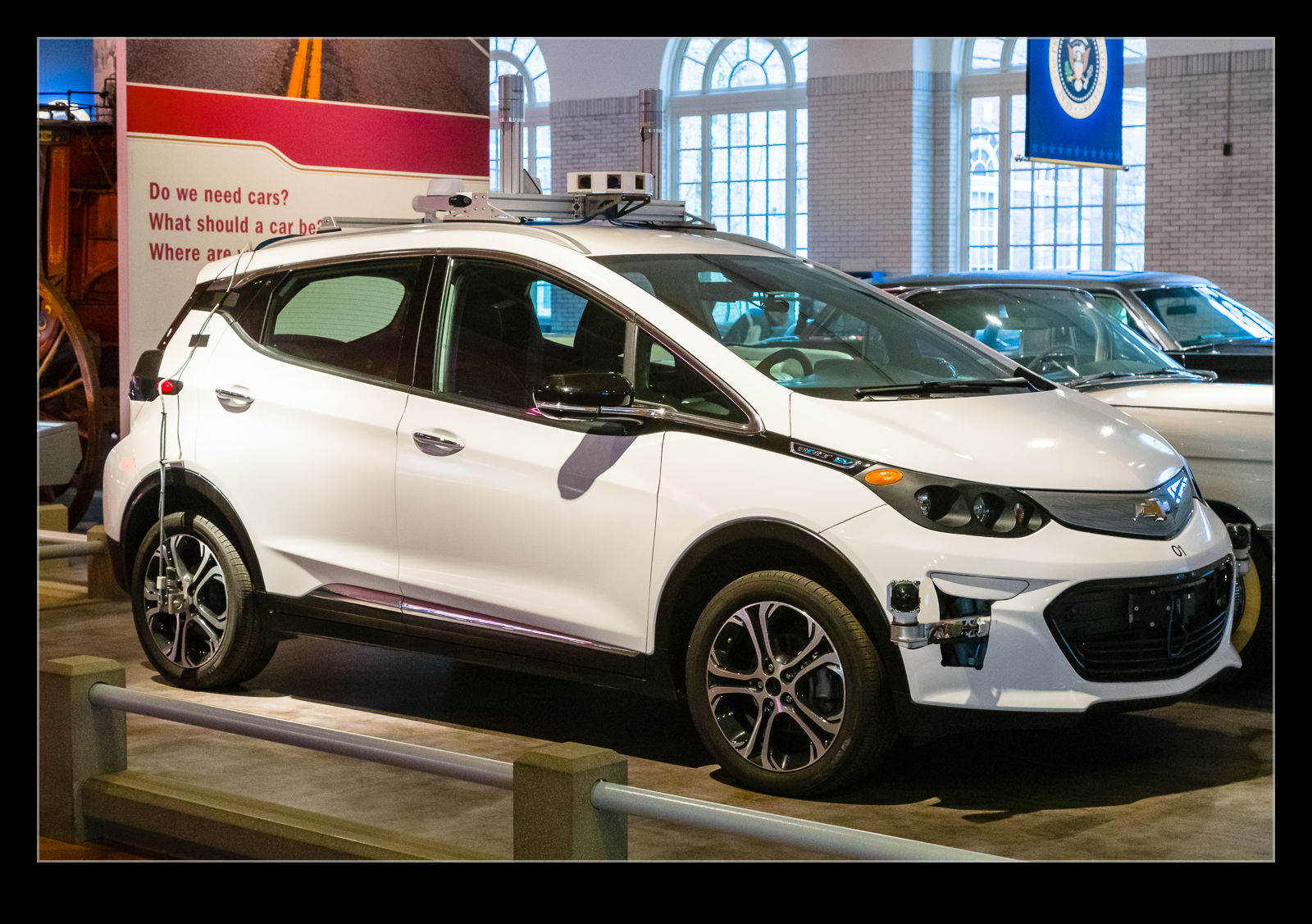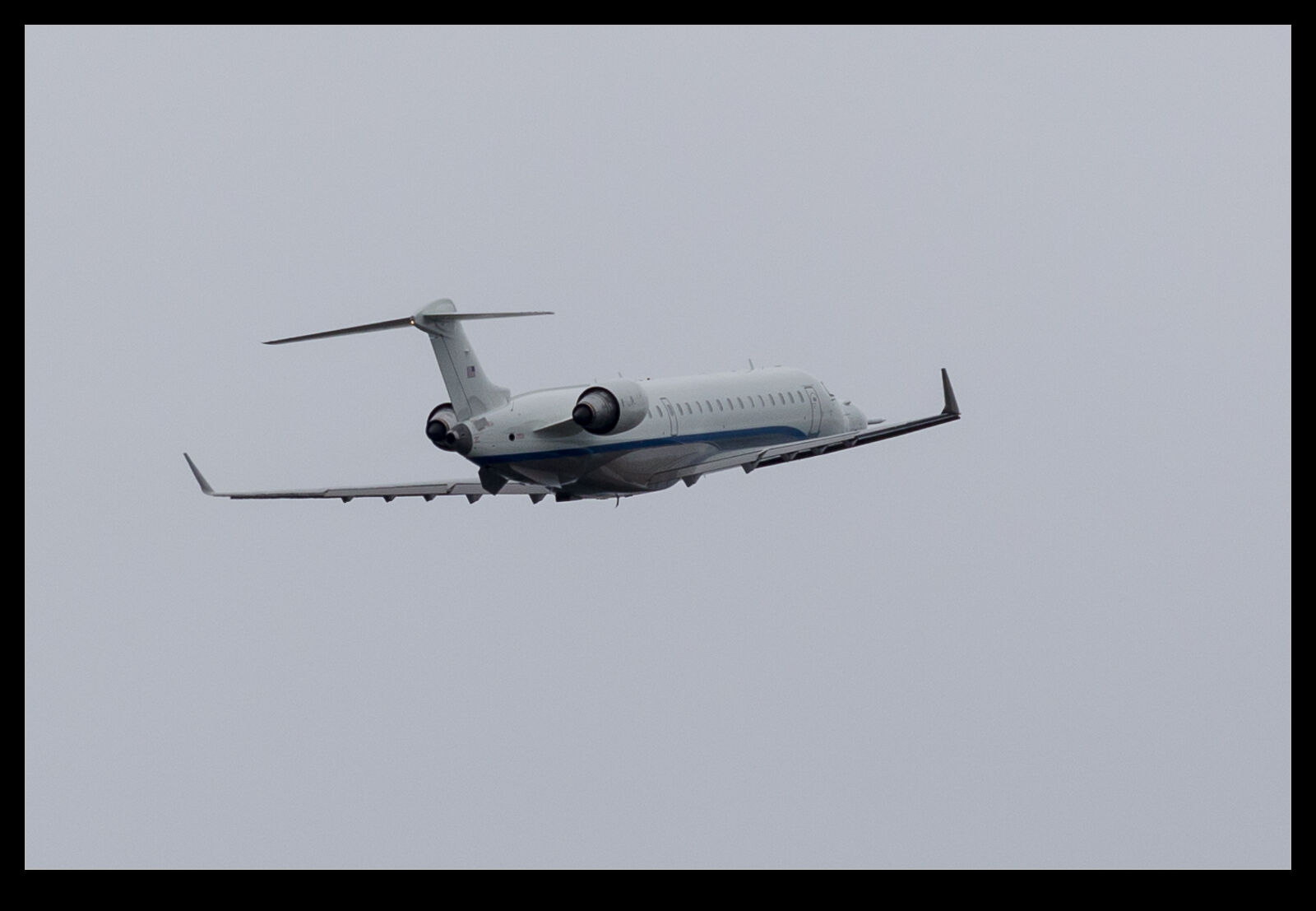 I got to the gate for Antelope Valley Air Show 2022 early in the morning. We were lined up outside the security gate for Edwards AFB waiting for the time things opened up. I was on the phone so was happy to sit in the car for a while chatting. When I finished my call, I could see that I was a short distance away from Century Circle – a display of various aircraft associated with Edwards. Nothing was moving so I figured I would walk up and have a look around. I had got most of the way there when it looked like cars were starting to move. I rapidly retraced my steps to the car and we drove on to the base.
I got to the gate for Antelope Valley Air Show 2022 early in the morning. We were lined up outside the security gate for Edwards AFB waiting for the time things opened up. I was on the phone so was happy to sit in the car for a while chatting. When I finished my call, I could see that I was a short distance away from Century Circle – a display of various aircraft associated with Edwards. Nothing was moving so I figured I would walk up and have a look around. I had got most of the way there when it looked like cars were starting to move. I rapidly retraced my steps to the car and we drove on to the base.
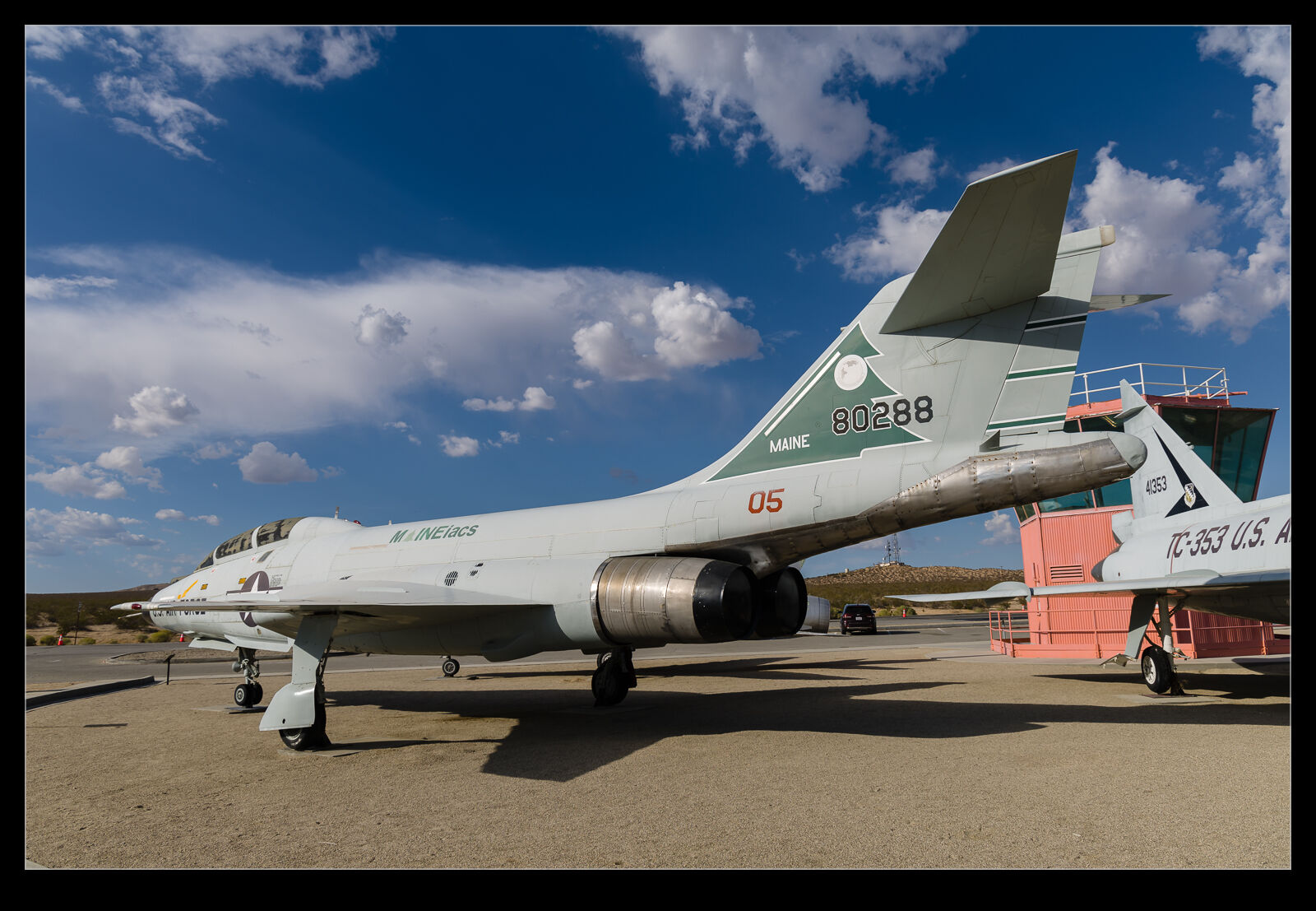 At the end of the show, I was coming back out the same gate so decided to see if it was possible to pull in and see the aircraft on display. Indeed, there were no barriers and Iw as able to park up and have a walk around the various exhibits. The name, Century Circle, is a reference to how many of the jets are Century Series fighters. There is going to be a museum for the Air Force flight test center and the base for the building was not far from the aircraft. I will be interesting to see what the museum is like when it is finished and how many of the other interesting aircraft that are currently on base will be included.
At the end of the show, I was coming back out the same gate so decided to see if it was possible to pull in and see the aircraft on display. Indeed, there were no barriers and Iw as able to park up and have a walk around the various exhibits. The name, Century Circle, is a reference to how many of the jets are Century Series fighters. There is going to be a museum for the Air Force flight test center and the base for the building was not far from the aircraft. I will be interesting to see what the museum is like when it is finished and how many of the other interesting aircraft that are currently on base will be included.
 Of the jets on display, my favorites are the F-106, the F-105 and the F-104. Nicely sequential now I think about it. There is an F-102 which I have never been so keen on and this one is a two seater which takes a place that didn’t look that great and makes it worse. Still, vintage jets on display is a good thing and I shouldn’t be critical of what is on offer.
Of the jets on display, my favorites are the F-106, the F-105 and the F-104. Nicely sequential now I think about it. There is an F-102 which I have never been so keen on and this one is a two seater which takes a place that didn’t look that great and makes it worse. Still, vintage jets on display is a good thing and I shouldn’t be critical of what is on offer.
 The one plane that is a bit of an oddball is the McDonnell Douglas YC-15. This was a program the USAF ran for a new jet transport to replace the C-130. Boeing and McDonnell Douglas both built demonstrators for the program but neither was taken to production. However, there are a lot of features from the YC-15 that will be familiar to observers of the C-17. Having a transport jet alongside the sleek fighters is a little unusual but it is a rare beast and worthy of preservation. Thankfully, the dry desert atmosphere is a place that will allow the airframe to survive for many years.
The one plane that is a bit of an oddball is the McDonnell Douglas YC-15. This was a program the USAF ran for a new jet transport to replace the C-130. Boeing and McDonnell Douglas both built demonstrators for the program but neither was taken to production. However, there are a lot of features from the YC-15 that will be familiar to observers of the C-17. Having a transport jet alongside the sleek fighters is a little unusual but it is a rare beast and worthy of preservation. Thankfully, the dry desert atmosphere is a place that will allow the airframe to survive for many years.

